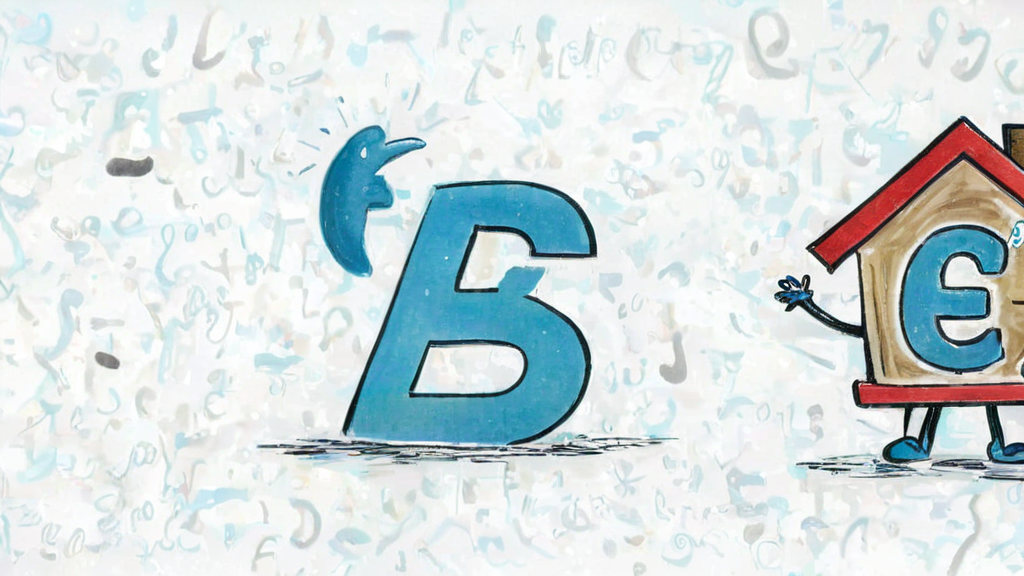Education, an area resistant to change
Education is a sector that is characterized by its inertia and its difficulty in adapting to new times. This happens in Catalonia and all over the world. However, there are those who have tried to promote far-reaching educational reforms, with the intention of radically changing the school model. An example of this was the Escuela 2.0 Program, which was launched in 2009 with a large deployment of financial and technological resources, and which aimed to equip millions of students and thousands of teachers with computers. According to some of its promoters, who participated in a meeting in Madrid in 2011, it was about introducing a Trojan horse into the school, to shake it up from top to bottom and accelerate changes according to the new paradigms. But the reality was different, and as we have seen in other more recent cases, this type of initiative usually causes additional problems that prevent the proposed objective from being achieved.
Education in Catalonia, a liner with a defined route
We can compare Catalonia’s education system with a liner full of passengers. He has a marked destiny. Because of their size, these ships cannot easily change direction. For this reason, their navigators need to have good information about everything that happens, and that it is relevant to get to the desired place. This involves anticipating scenarios and making decisions in time, to solve problems and not deviate from the established path. Leaving aside the metaphor, the LEC of 2009 establishes as one of the main objectives to guarantee the educational success of all students, taking into account the personal, socio-economic and cultural reality of each one. The indicators we have show that this is a utopia, for now. The data on early school leaving, the results of the basic skills tests for the sixth grade of primary school and the fourth grade of high school and that of the PIRLS international reading proficiency tests confirm this. In this context, PISA 2022 should not come as a surprise to anyone who is somewhat informed about the situation in Catalonia.
What to do? A clear diagnosis and appropriate educational policies
To face the challenges of education in Catalonia, the first thing to do is to have a clear diagnosis of the situation, without prejudices or improvisations. A SWOT analysis showing Weaknesses, Threats, Strengths and Opportunities. If it hasn’t been done, there’s no point in inventing it. The education system is a living and complex organism, with many branches and internal contrasts. With the analysis done, it is necessary to have a sense of the essential. This is to focus on the main problem, designing well-oriented educational policies, and based on successful international experiences, on the most relevant research and on the opinion of the teachers who are in the classrooms every day. And all this accompanied by a periodic evaluation of the state of the matter. This is how some countries, such as Portugal, have improved the quality of their students’ learning.

